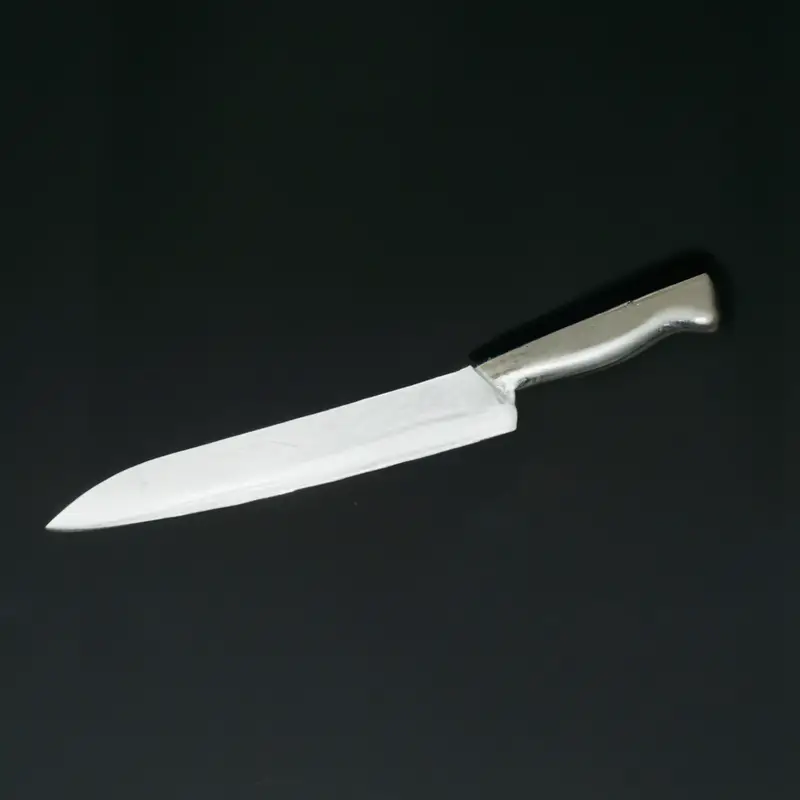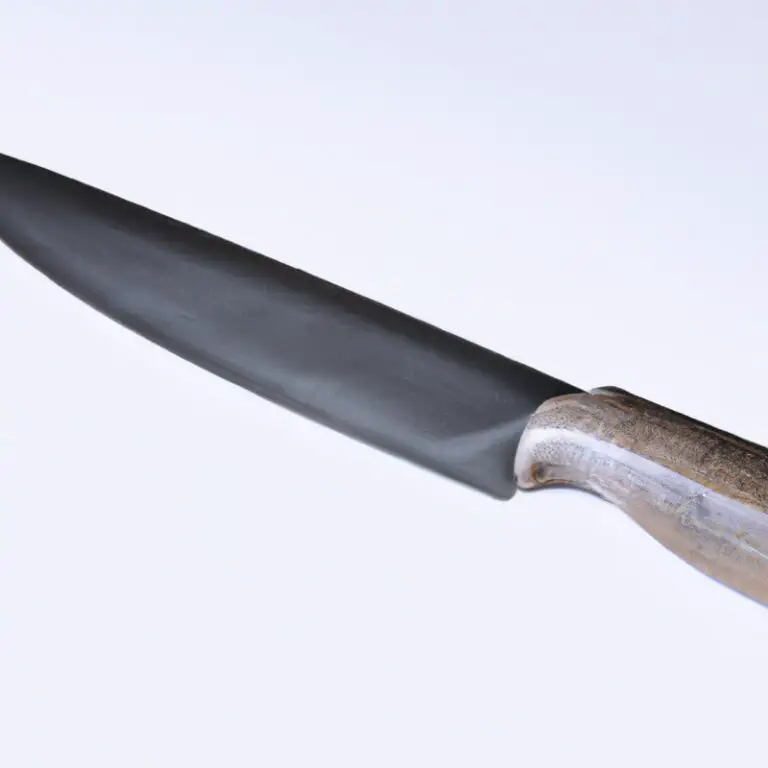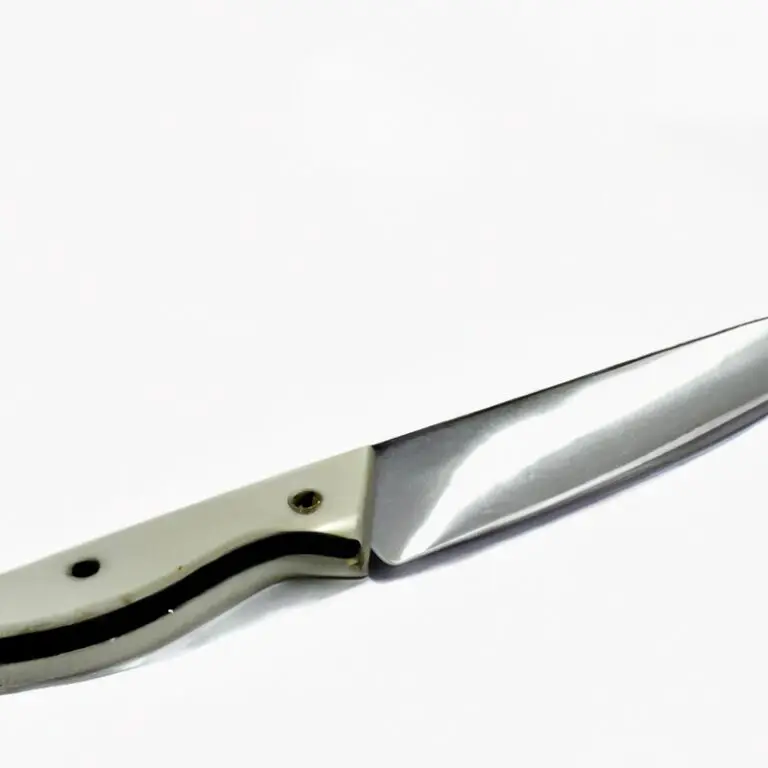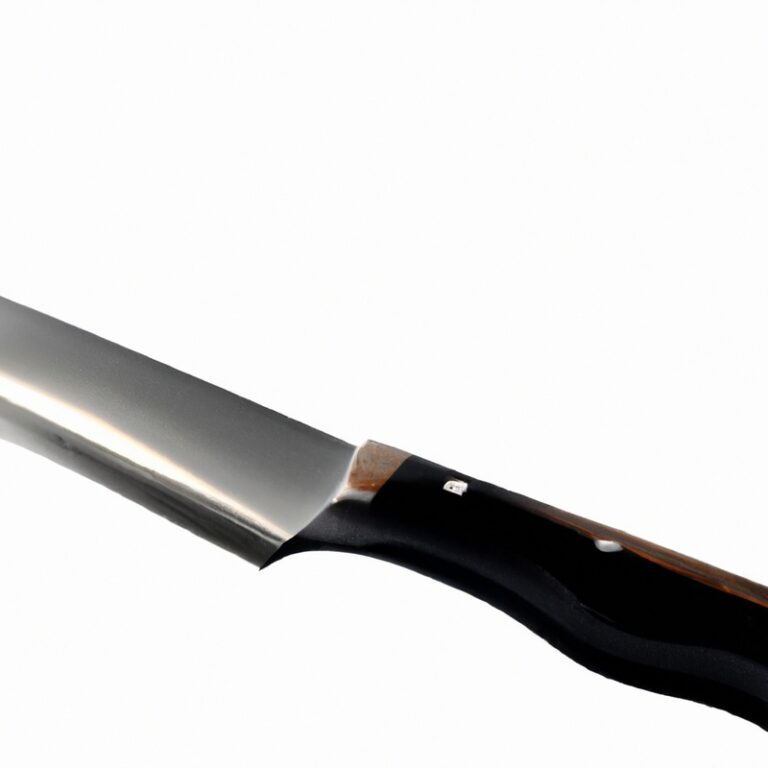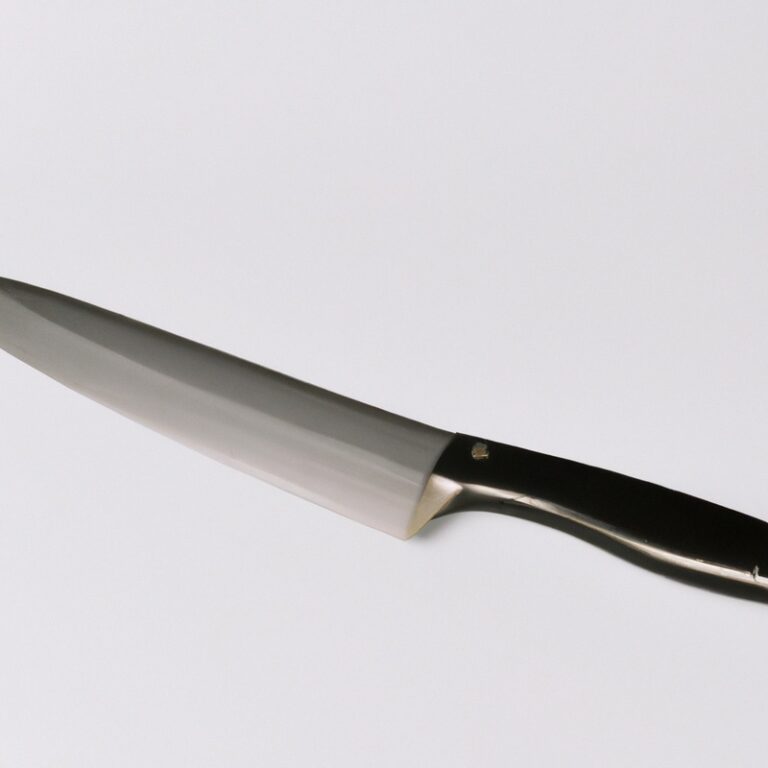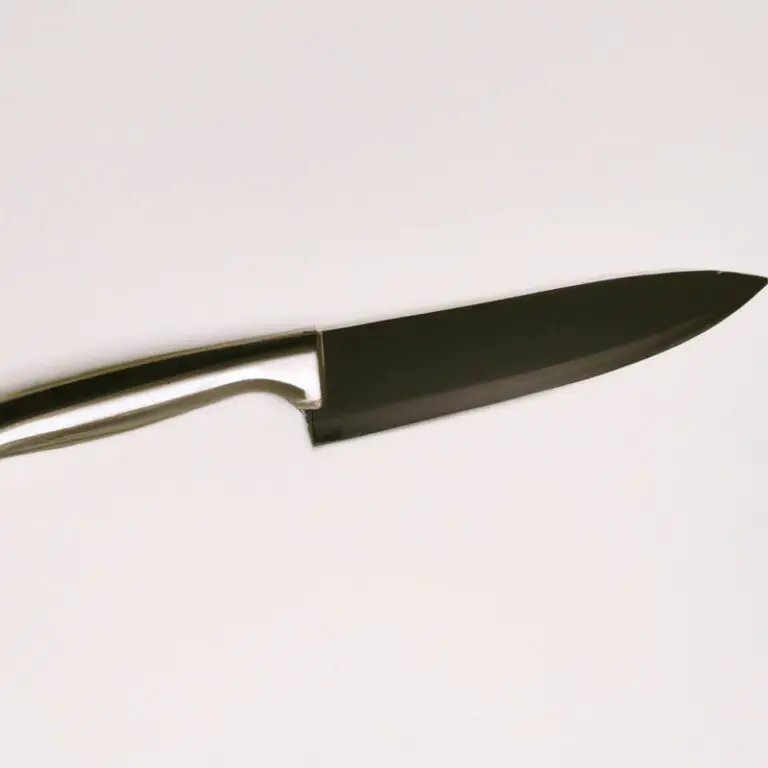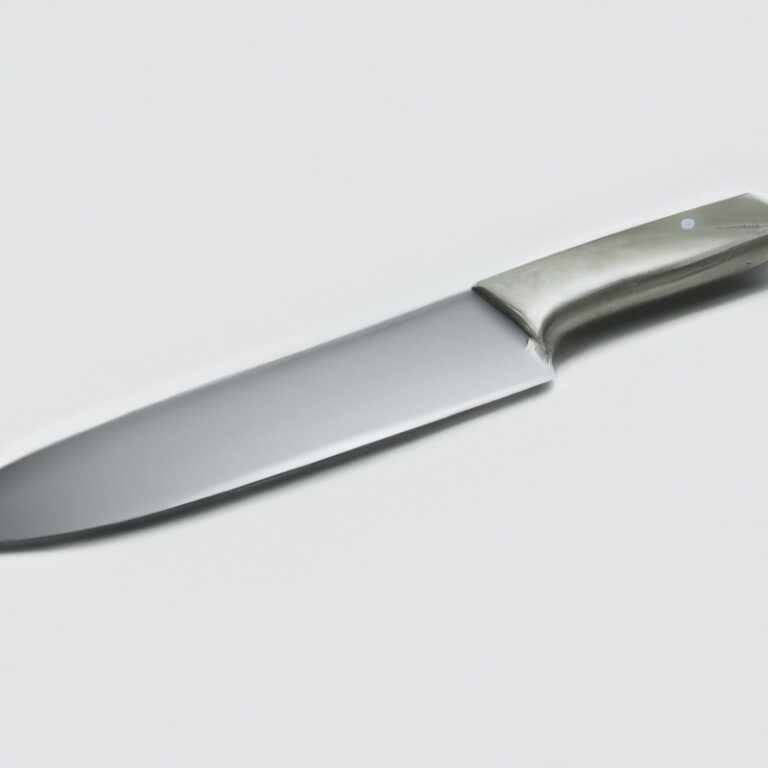Which Knife Steel Offers Excellent Edge Retention?
Key Takeaways:
- S30V steel is a top choice for excellent edge retention in knives.
- High carbon stainless steels like VG-10 are known for maintaining sharpness over time.
- Crucible CPM-20CV steel provides outstanding edge retention for hard-use knives.
- D2 steel offers great edge retention, but may require more frequent maintenance.
Are you tired of constantly sharpening your knives?
Looking for a steel that can maintain its sharpness for longer?
Well, you’ve come to the right place! Today, I’m going to take you on a journey deep into the world of knife steel to explore which types offer excellent edge retention.
From the hardness of the steel to the carbon content, and the type of alloy used, we’ll cover all the factors that affect the ability of a knife to retain a sharp edge.
So, grab your favorite knife and let’s dive in!
| Knife Steel | Edge Retention Rating |
|---|---|
| VG10 | Excellent |
| S30V | Excellent |
| Elmax | Excellent |
| CPM M4 | Excellent |
| BD1N | Very Good |
| AUS-8 | Good |
Factors affecting edge retention
Hardness of the steel
The hardness of the steel is a key factor that determines its edge retention. Hardness refers to the steel’s ability to resist deformation or wear.
Generally, the harder the steel, the longer it will hold its edge.
A higher hardness level allows the steel to maintain its sharpness even with prolonged use. However, extremely hard steels can be more brittle and prone to chipping or breaking.
Strike a balance between hardness and toughness for optimal performance.
Knife steels like VG-10, CPM-S30V, M390, and CPM-3V are known for their excellent edge retention due to their high hardness levels.
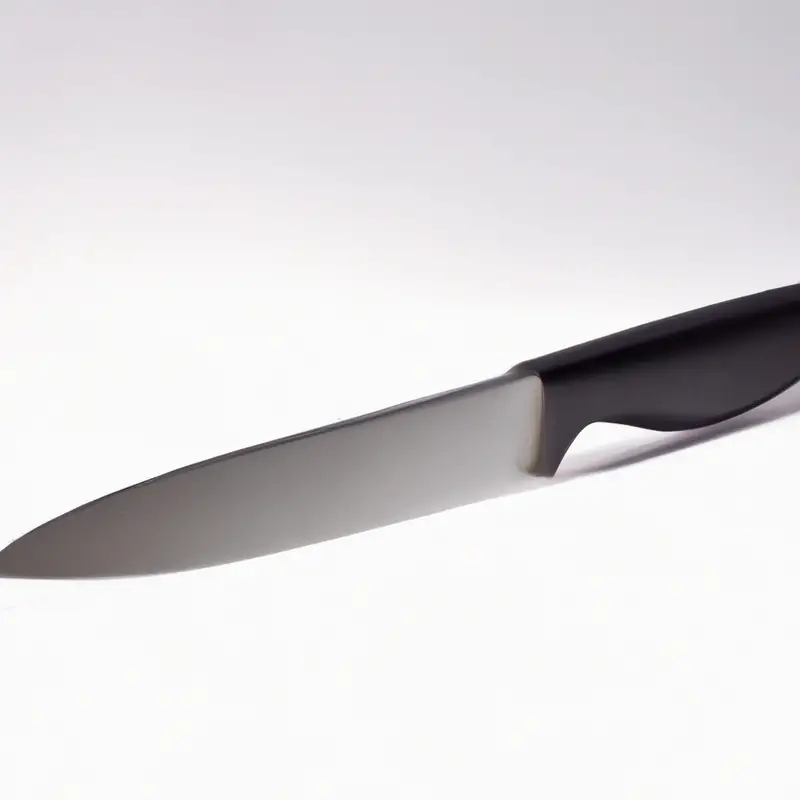
Carbon content
Carbon content is a key factor in determining the edge retention of a knife steel. The higher the carbon content, the harder the steel will be, which generally translates to better edge retention.
Steels with lower carbon content are typically more durable and easier to sharpen, but may not hold an edge as well.
However, it’s important to note that other factors like heat treatment and steel alloy type also play a role in edge retention. When choosing a knife steel for excellent edge retention, consider the carbon content along with these other factors to find the right balance for your needs.
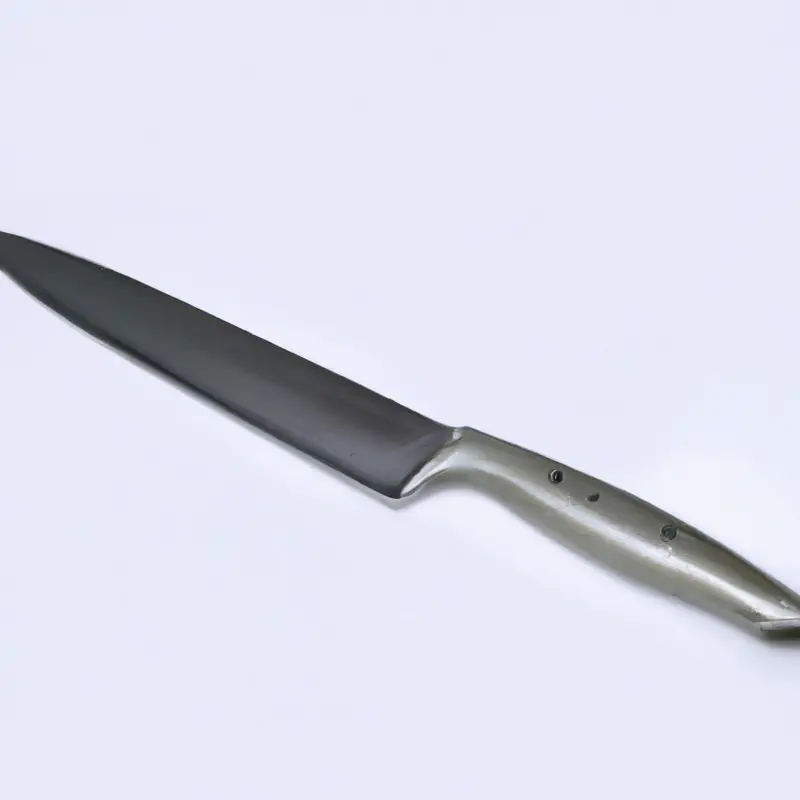
Type of steel alloy
The type of steel alloy used in a knife greatly affects its edge retention.
There are different types of steel alloys, each with its own composition and properties.
High-carbon stainless steels like VG-10 and CPM-S30V are known for their excellent edge retention.
Super steels like M390 and CPM-3V also offer exceptional edge retention due to their high hardness and wear resistance.
It’s important to choose a steel alloy that aligns with your specific needs and preferences.
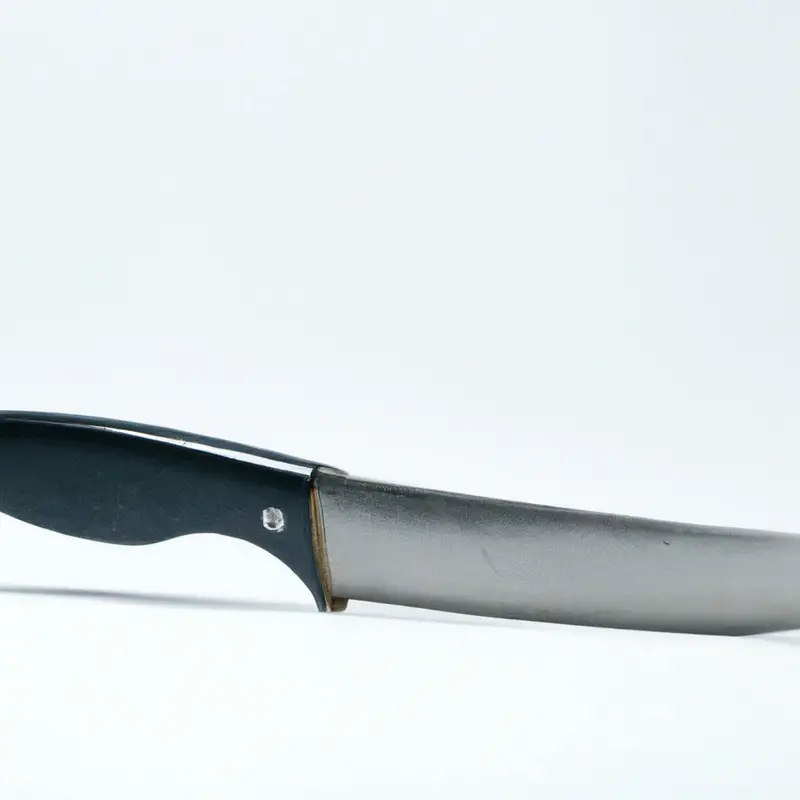
Heat treatment
Heat treatment is a critical process in enhancing edge retention of knife steel. It involves heating the steel to specific temperatures and then cooling it rapidly to achieve desired hardness levels.
Through heat treatment, the steel’s structure is modified, resulting in improved strength and wear resistance.
Different heat treatment methods, such as quenching and tempering, are used to achieve optimal hardness and toughness for edge retention. It is essential for knife manufacturers to carefully control the heat treatment process to maximize the steel’s potential and provide excellent edge retention.
Knife steels known for excellent edge retention
VG-10 stainless steel
VG-10 stainless steel is a popular choice for its excellent edge retention. It is a high-quality stainless steel that is known for its ability to maintain a sharp edge for a long time.
VG-10 steel contains a good amount of carbon, which contributes to its hardness and edge retention.
The steel also has a high level of corrosion resistance, making it a durable option for knives. With proper care and maintenance, VG-10 stainless steel knives can offer exceptional performance and long-lasting sharpness.
CPM-S30V stainless steel
CPM-S30V stainless steel is highly regarded for its excellent edge retention.
It is a premium steel that offers great wear resistance and toughness, making it suitable for various cutting tasks.
This steel is also corrosion-resistant, which helps maintain the sharpness of the blade over time.
Additionally, CPM-S30V is relatively easy to sharpen, making it a popular choice among knife enthusiasts.
Overall, if you’re looking for a steel with exceptional edge retention, CPM-S30V is definitely worth considering.
M390 stainless steel
M390 stainless steel is highly regarded for its excellent edge retention.
It is a high-performance steel known for its wear resistance and durability.
This steel is often used in high-end knives and provides long-lasting sharpness.
M390 stainless steel has a high carbon content and is alloyed with other elements like chromium, vanadium, and molybdenum to enhance its performance.
It is heat treated to maximize its hardness and toughness.
Overall, M390 stainless steel is a top choice for those seeking superior edge retention in their knives.
CPM-3V tool steel
CPM-3V tool steel is highly regarded for its exceptional edge retention.
It’s a tough and wear-resistant steel that can withstand heavy use without sacrificing sharpness.
CPM-3V achieves this through a combination of high carbon content, vanadium, and a powdered metallurgy manufacturing process.
This steel is commonly used in knives designed for heavy-duty tasks like chopping and prying.
It’s important to note that CPM-3V steel may require occasional touch-ups to maintain its edge, but it will hold that edge for an extended period compared to many other knife steels.
Pros and cons of each steel
VG-10 stainless steel
VG-10 stainless steel is highly regarded for its excellent edge retention. It is a high-carbon stainless steel known for its hardness and wear resistance.
The addition of vanadium to the steel enhances its strength and toughness.
VG-10 blades can hold their sharpness for a long time, making them ideal for everyday carry (EDC) knives or chef’s knives. This steel is relatively easy to sharpen and offers good corrosion resistance.
However, it may not excel in extreme cutting tasks compared to some other steels.
Overall, VG-10 stainless steel is a great choice for those who prioritize edge retention without compromising on ease of maintenance.
CPM-S30V stainless steel
CPM-S30V stainless steel is a popular choice for knives due to its excellent edge retention.
It is known for its high carbon content, which contributes to its ability to hold a sharp edge for extended periods of time.
Additionally, CPM-S30V has a fine grain structure and is treated with heat to enhance its performance.
This steel is highly resistant to corrosion and wear, making it ideal for outdoor and EDC (everyday carry) knives.
However, it can be more difficult to sharpen compared to other steels.
M390 stainless steel
M390 stainless steel is highly regarded for its exceptional edge retention. With a high hardness rating and advanced powder metallurgy, M390 offers excellent wear resistance and maintains its sharpness for long periods of use.
This steel is a popular choice for high-end folding and fixed-blade knives, where edge retention is paramount.
Its high carbon and chromium content contribute to its corrosion resistance, making it a durable option for outdoor enthusiasts and professionals alike. M390 stainless steel is favored by many knife enthusiasts for its impressive edge holding capabilities.
CPM-3V tool steel
CPM-3V tool steel is highly regarded for its exceptional edge retention.
With a high vanadium content, it forms hard carbides that contribute to its wear resistance.
Its toughness and strength also make it well-suited for heavy-duty applications.
However, CPM-3V may be more difficult to sharpen compared to other steels, and it is more prone to corrosion.
Proper maintenance and regular oiling are important to prevent rust.
Despite these drawbacks, CPM-3V tool steel is a popular choice for those seeking excellent edge retention in their knives.
Choosing the right knife steel for edge retention
Consider the intended use of the knife
When choosing a knife for excellent edge retention, it’s important to consider the intended use of the knife.
Different tasks require different qualities in a blade.
For example, if you need a knife for everyday tasks like opening packages or cutting food, a stainless steel blade like VG-10 or CPM-S30V would be a good choice.
On the other hand, if you need a knife for heavy-duty tasks like chopping wood or hunting, a tool steel like CPM-3V or a high-performance stainless steel like M390 would be more suitable.
Understanding the intended use of the knife will help you select a steel that meets your specific needs.
Balance between edge retention and other knife characteristics
Achieving a balance between edge retention and other knife characteristics is essential. It’s important to consider factors such as hardness, blade thickness, and steel type.
A harder steel will usually offer better edge retention but may be more difficult to sharpen.
Blade thickness can also affect edge retention, with thinner blades typically performing better. Additionally, different steel types have varying levels of edge retention.
By understanding these trade-offs and considering your specific needs, you can find a knife steel that offers a good balance between edge retention and other important characteristics.
Maintenance tips for edge retention
Proper knife sharpening techniques
Proper knife sharpening is essential for maintaining excellent edge retention. Here are some techniques you can use:
- Choose the right sharpening tool: Options include whetstones, sharpening rods, or guided sharpening systems.
- Maintain the correct angle: Maintain a consistent angle between the knife blade and the sharpening surface. This will depend on the type of knife and the desired sharpness.
- Start with coarse grit: Begin sharpening with a coarse grit stone or rod to remove any dullness or nicks. Progressively move to finer grits for a polished edge.
- Use smooth, controlled strokes: Apply consistent pressure and maintain a smooth, controlled motion while sharpening. Avoid applying too much pressure, which can damage the blade.
- Test the edge: After sharpening, test the knife’s edge by gently running your finger along it. Be careful not to cut yourself. Adjust and repeat the sharpening process if needed.
Remember, proper knife sharpening is a skill that requires practice. With time and patience, you’ll develop the ability to maintain a sharp edge on your knives for a long-lasting performance.
Regular cleaning and oiling
Regular cleaning and oiling of your knife is essential for maintaining its edge retention.
When you use your knife, it can accumulate dirt, oils, and residue, which can affect its cutting performance.
To keep your knife in top condition, clean it regularly with warm soapy water and a soft cloth or sponge.
Avoid using abrasive materials that can scratch the blade.
Dry your knife thoroughly after cleaning to prevent moisture from causing rust.
Additionally, apply a thin layer of knife oil or food-grade mineral oil to the blade and pivot points to prevent corrosion and keep the mechanisms moving smoothly.
Regular cleaning and oiling will help prolong the sharpness and lifespan of your knife.
Storing the knife properly
To store your knife properly and maintain its edge retention, there are a few key steps to follow.
Firstly, always clean and gently dry your knife before storing it to prevent any moisture.
Avoid storing it in a damp or humid environment, as this can lead to corrosion.
Instead, find a cool and dry place to keep your knife.
Secondly, consider using a knife sheath or blade guard to protect the edge from any accidental damage.
This will also keep the knife securely in place during storage.
If the knife didn’t come with a sheath, you can purchase one separately to ensure proper storage.
Lastly, avoid overcrowding your knife in your storage area.
Giving each knife enough space will prevent any accidental contact that could dull the edges.
Additionally, if you have multiple knives, consider investing in a knife block, magnetic strip, or a knife roll to keep them organized and protected.
Final Verdict
When it comes to knife steel that offers excellent edge retention, there are several factors to consider, including the hardness of the steel, carbon content, type of steel alloy, and heat treatment. Some of the top choices known for their edge retention are VG-10 stainless steel, CPM-S30V stainless steel, M390 stainless steel, and CPM-3V tool steel.
Each of these steels has its own pros and cons, so it’s important to weigh them against your intended use.
To maintain edge retention, proper sharpening techniques, regular cleaning and oiling, and proper storage are essential. Overall, choosing the right knife steel for edge retention requires careful consideration and maintenance, but the end result is a durable, long-lasting cutting tool.
(110 words)

